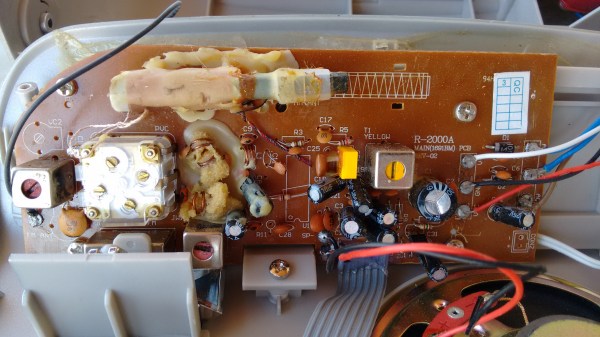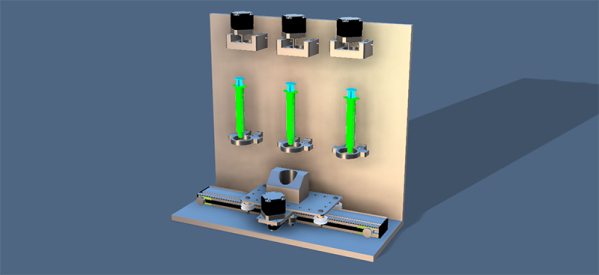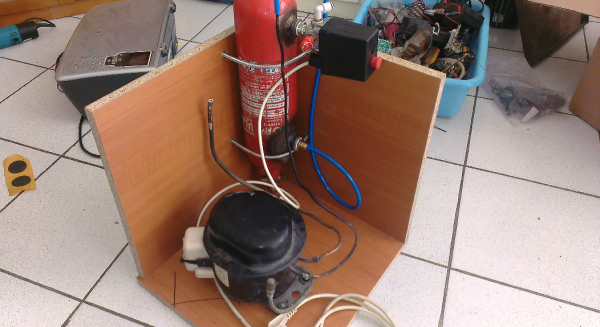For the last few years, the people in the know have been wondering about the memristor. The simplest explanation of what a memristor is comes from the name itself – it’s a memory resistor. In practice it’s a little more complex, but this basic understanding is enough to convey the fact that it’s a resistor that changes its resistance based on how much current has gone through it. The memristor was first described in the 70s by [Leon Chua], the idea sat in journals for nearly forty years, and in 2008 a working memristor was created by HP Labs.
Now you can buy one. Actually, you can buy eight in a 16-pin DIP package. It will, reportedly, cost $240 for the 16-pin DIP. That’s only $30 per memristor, and it’s the first time you can buy them.
These memristors are based on a silver chalcogenide (Ge2Se3). When a circuit ‘writes’ to this memristor and applies a positive voltage, silver ion migrate to the chalcogenide, forming what the datasheet (PDF) calls dendrites. This lowers the resistance of the memristor. When a negative voltage is applied to the device, these dendrites are removed, the memristor is ‘erased’, and the memristor returns to a high-resistance state.
This silver chalcogenide memristor is different from the titanium oxide memristors developed by HP Labs that is most frequently cited when it comes to this forgotten circuit element. This work is from [Kristy Campbell] of Boise State University. She’s been working on it for more than a decade now, with IEEE publications, conference proceedings (that one’s full text), and dozens of patents.
As far as applications for memristors go, there are generally two schools of thought on that. The most interesting, in terms of current computer technology, is storage. Memristors can hold either a binary 0 or a 1 in a fraction of the space NAND Flash or old-fashioned magnetic hard drives ever will. That means greater storage density, and bigger capacity hard drives with lower power requirements. These memristors have a limit of how many times they can be cycled – ‘greater than 2000 times’ according to the datasheet. That’s nearly an order of magnitude less than MLC Flash, and something wear leveling can’t reasonably compensate for. This is a new technology, though, so that could change.
The second major expected use for memristors is neural nets. Neural nets are just a series of inputs, a few neurons, outputs, and connections between all three. These connections are weighted, and the variable resistance of memristors puts them in a unique position to emulate in hardware at the most basic level what was once done with software and custom ASICs. The trade name for these memristors – Neuro-Bit – and the company name – Bio Inspired Technologies – give you a clue at what the intended use is.
As with all new technologies, there’s always something that is inevitably created that was never imagined by the original designers. What these new applications are is at this point just speculation. Now that anyone can buy one of these neat new chips, it’s going to be interesting to see what can be made with these parts.



 If you’re wondering why the delay in putting out this issue of Logic Noise, it’s partly because I’ve built up a PCB that incorporates essentially everything we’ve done so far into a powerhouse of a quasi-modular Logic Noise demo —
If you’re wondering why the delay in putting out this issue of Logic Noise, it’s partly because I’ve built up a PCB that incorporates essentially everything we’ve done so far into a powerhouse of a quasi-modular Logic Noise demo — 
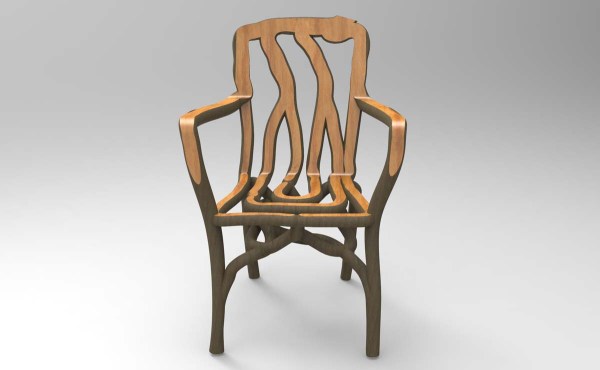
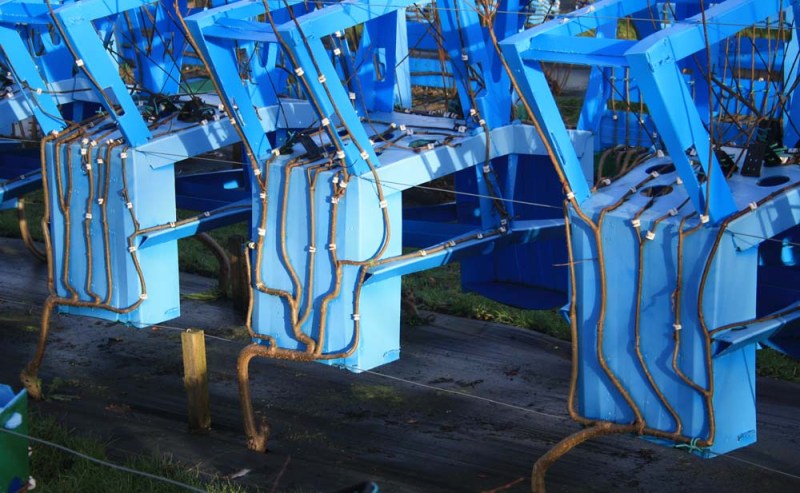 together to continue growing into one solid piece. When the chair is mature, the leaves are removed, the chair is cut free from the ground, and with a little seasoning and finishing, you’ve got a unique and functional chair. And what’s more, since it’s a solid piece of wood, there are no joints to loosen over time.
together to continue growing into one solid piece. When the chair is mature, the leaves are removed, the chair is cut free from the ground, and with a little seasoning and finishing, you’ve got a unique and functional chair. And what’s more, since it’s a solid piece of wood, there are no joints to loosen over time.